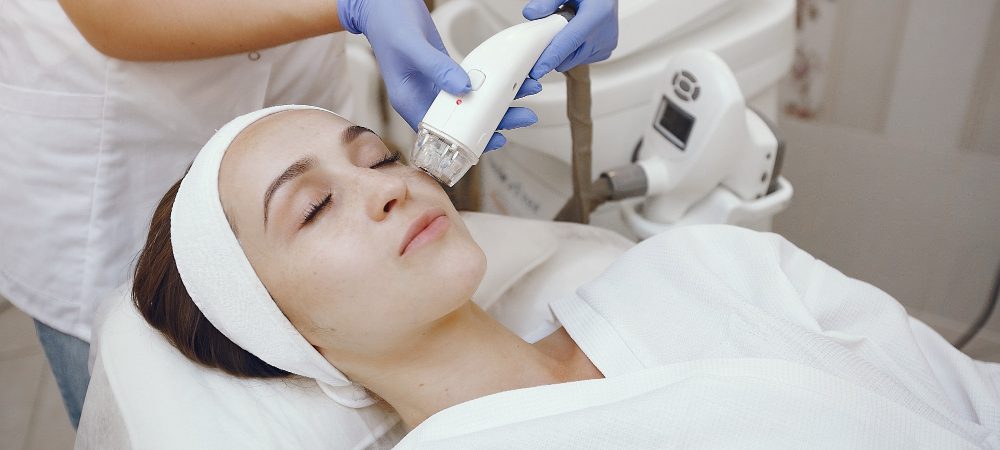
The safety of the patient is given first priority in all parts of our dermatology department’s operations, which follow worldwide guidelines. This makes it safer for individuals who want access to a full spectrum of dermatological treatments and an accurate diagnosis.
The following dermatological services are among our division’s strengths:
SUPERFICIAL SKIN BIOPSY
A little piece of a raised skin lesion is cut into tiny slices and brought to the lab for additional examination there, in the microspore. It is used to figure out if a suspicious spot on the skin needs to be checked out for a serious skin disease.
CRYOTHERAPY
It has long been standard practise to treat skin conditions using liquid nitrogen for the removal of benign and malignant skin lesions. Small volumes of liquid nitrogen are used to freeze the targeted wart, acne, skin tag, epithelial cyst, hypertrophic scar, or psoriasis. In most cases, patients feel a little burning sensation that passes shortly. The frozen skin lesion will ultimately start to melt and begin to fade in colour. The majority of the time, the operation has excellent cosmetic results.
CURETTE AND CAUTERY
A range of skin conditions, such as seborrheic or actinic keratoses, pyrogenic granulomas, and in situ squamous cell carcinoma, are treated using the electrosurgical techniques of curette and cautery. A local anaesthetic is injected during the surgical process close to the lesion that has to be treated. The doctor will use a tiny, pointed, spoon-shaped instrument called a curette to scrape out the lesion after the area has become numb. Skin pressure may be felt by patients, although it won’t be particularly uncomfortable. After that, the material is forwarded to the pathology lab for a diagnosis. An electrosurgical device with a hot wire tip is used to cauterise the incision in order to stop the bleeding and eliminate any remaining skin tumour cells.

